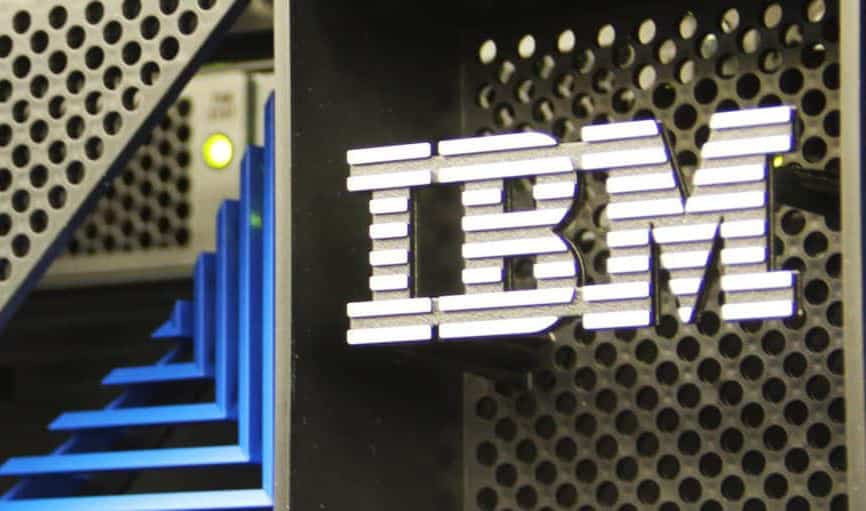Benefits and Challenges of Managing Cloud Security
Connectria
Author
Date
August 16, 2022

Managing security is a critical component of any organization relying on the cloud for its operations. While the benefits of using cloud deployments are well-known, security is sometimes seen as a barrier to adoption.
Finding the right cloud deployment that fits both your business and security needs can be a challenge. As we’ve mentioned before, the right choice almost exclusively depends on the use case. There isn’t a one-size-fits-all answer. Learn more below as we cover some of the benefits and challenges of managing cloud security.
Benefits
Some of the key benefits of implementing cloud security controls include:
- Increased Visibility into Operations – By centralizing security functions in the cloud, you can gain a better understanding of how your applications and infrastructure work and how they are interconnected. This allows security teams to identify potential threats and vulnerabilities more easily.
- Easier Management of Security Functions – Security teams can struggle to manage all the different security tools and solutions required to protect your infrastructure. The cloud-based security model allows security functions to be centralized and managed more effectively.
- Improved Efficiency and Reduced Costs – Organizations can achieve significant cost savings by moving some or all their applications to the cloud. The cloud-based security model can also help organizations to improve their overall security posture by automating many of the tasks that are required to secure an application.
Read our blog: Public and Private Cloud Advantages and Disadvantages
Challenges
Some of the challenges that you need to be prepared to face when managing cloud security include:
- Cost – Cost is commonly at the top of most concerns when it comes to cloud deployments. While private clouds offer greater security, as well as more control and customization, they can be more expensive to set up and maintain. Also, public cloud deployments can be costly if managed improperly. If you’re not working with a trusted provider who is able to keep tabs on your environment 24/7, instances can run your bill sky high.
- Ease of Use – Public cloud deployments are generally more user-friendly. However, when it comes to managing security, private clouds are typically a better option, especially for businesses facing stringent security compliances. Private clouds can unfortunately be more complicated requiring internal IT support or third-party consultant assistance.
- Visibility and Control – It can be challenging to maintain visibility across all your cloud assets if you’re using multiple clouds. A cloud management platform, like TRiA, can address this concern by providing resource management, visibility, access controls, and more.
Do these challenges sound familiar?
Implementing cloud security
There are several best practices that you should be following when implementing cloud security:
- Establish a Security Strategy – You should develop a security strategy that defines how they will secure their applications in the cloud. This strategy should include the security controls that will be implemented and the procedures that will be followed.
- Work with a Trusted Provider – Ideally, you should work with a trusted provider who has a proven track record of securing applications in the cloud. The provider should have extensive experience in implementing the latest security controls and technologies.
- Assess and Manage Risks – As mentioned above, it’s equally as important to assess and manage the risks associated with moving applications and infrastructure to the cloud. This includes identifying potential threats and vulnerabilities and implementing the appropriate security controls to mitigate them.
- Train Staff on Cloud Security – Your team should be trained on how to securely use the cloud. They need to understand the shared responsibility model to know what they are responsible for and to ensure the proper security controls are implemented and maintained.
- Regularly Monitor Activity – You should regularly monitor activity in your cloud environments to identify any unusual or suspicious activity. This can help to identify early signs of an attack or breach.
By following these best practices, you can ensure that their applications are secure in the cloud.
Need help managing cloud security?
Your security team is the barrier between malicious entities and your business-critical data. Therefore, managing cloud security is critical to your cloud success. This is why it’s so important that you ensure security controls are implemented early on and managed day to day.
Additionally, regular monitoring and testing are equally as important. Here, tools like annual penetration testing and quarterly vulnerability scanning can help you identify and mitigate any potential threats or risks before they cause harm to your business. For help in better understanding how to manage a robust security posture for your DevOps organization, contact Connectria here.
You can also learn more in our webinar, below, where we cover common cloud security concerns, best practices, and more.
Keep Reading
Prepare for the future
Tell us about your current environment and we’ll show you the best path forward.
Fast track your project. Give us a call.






